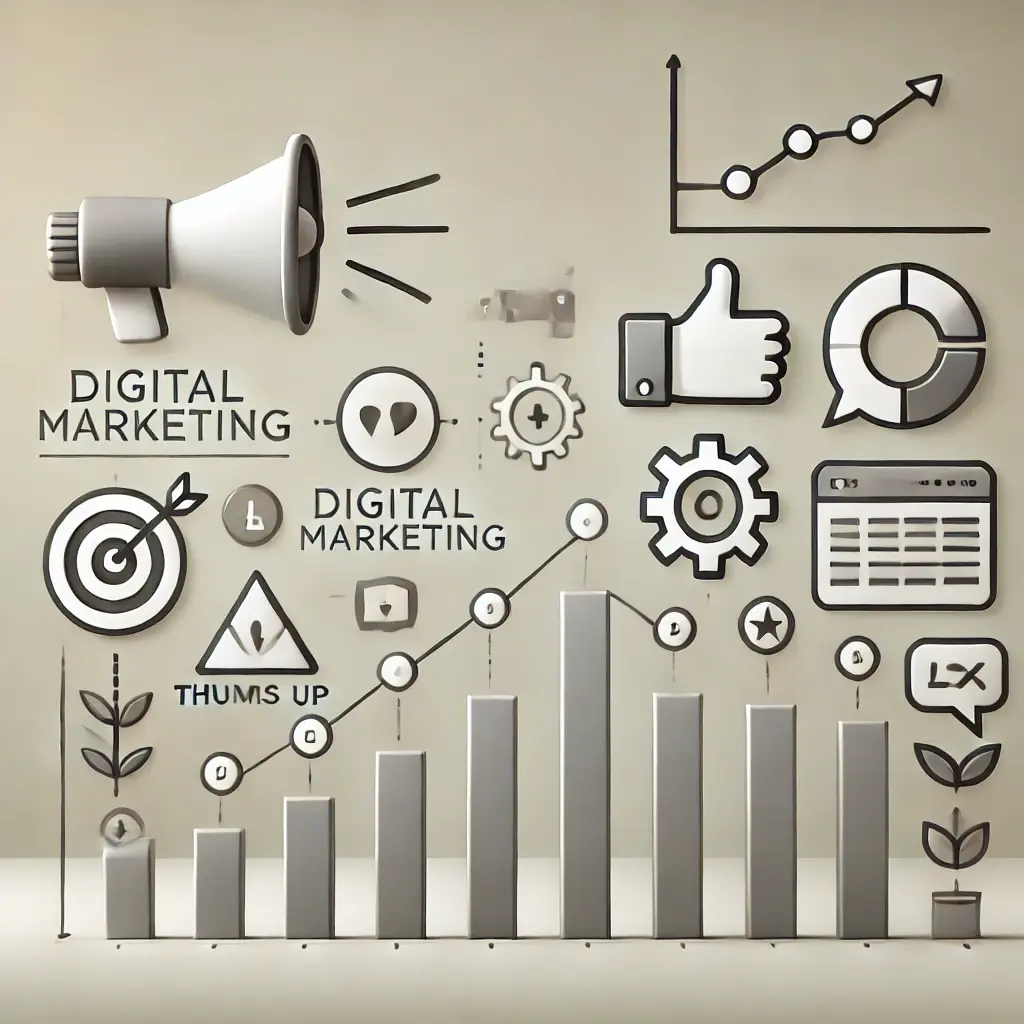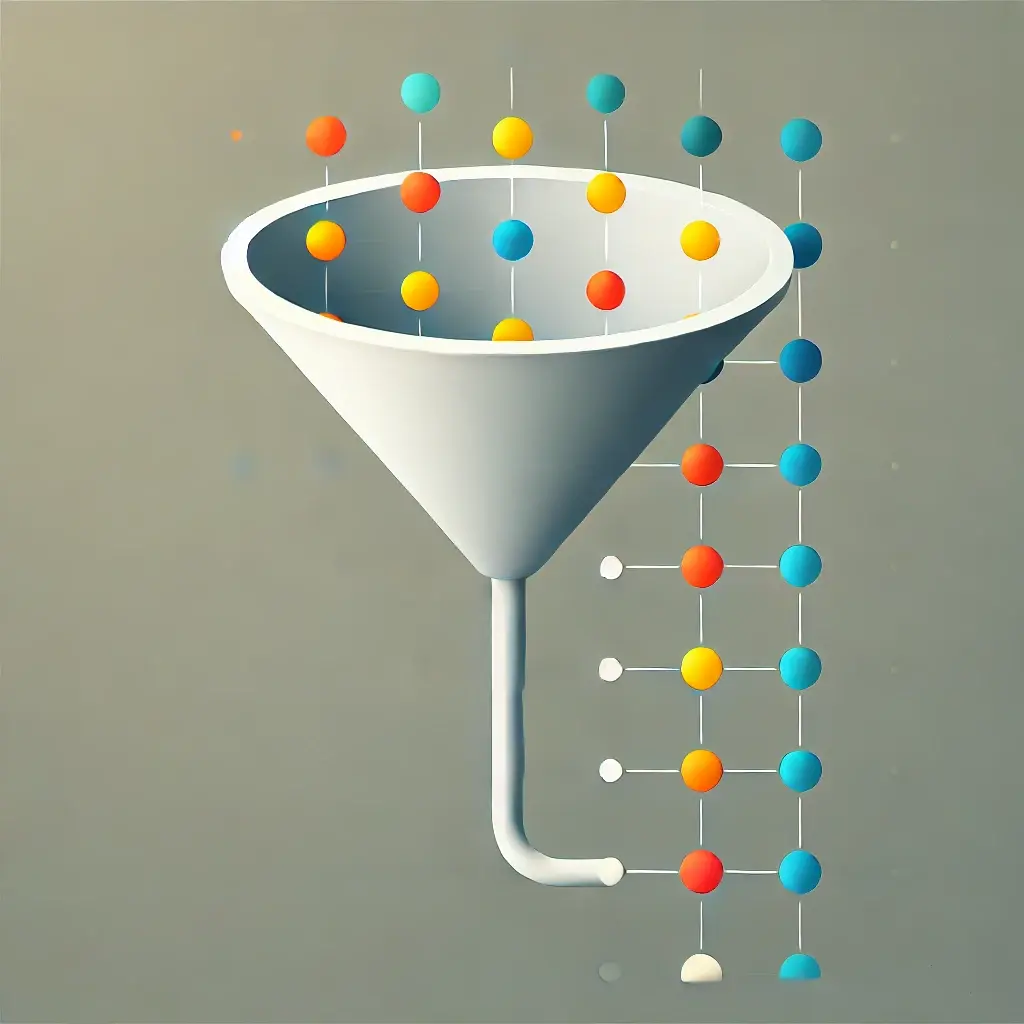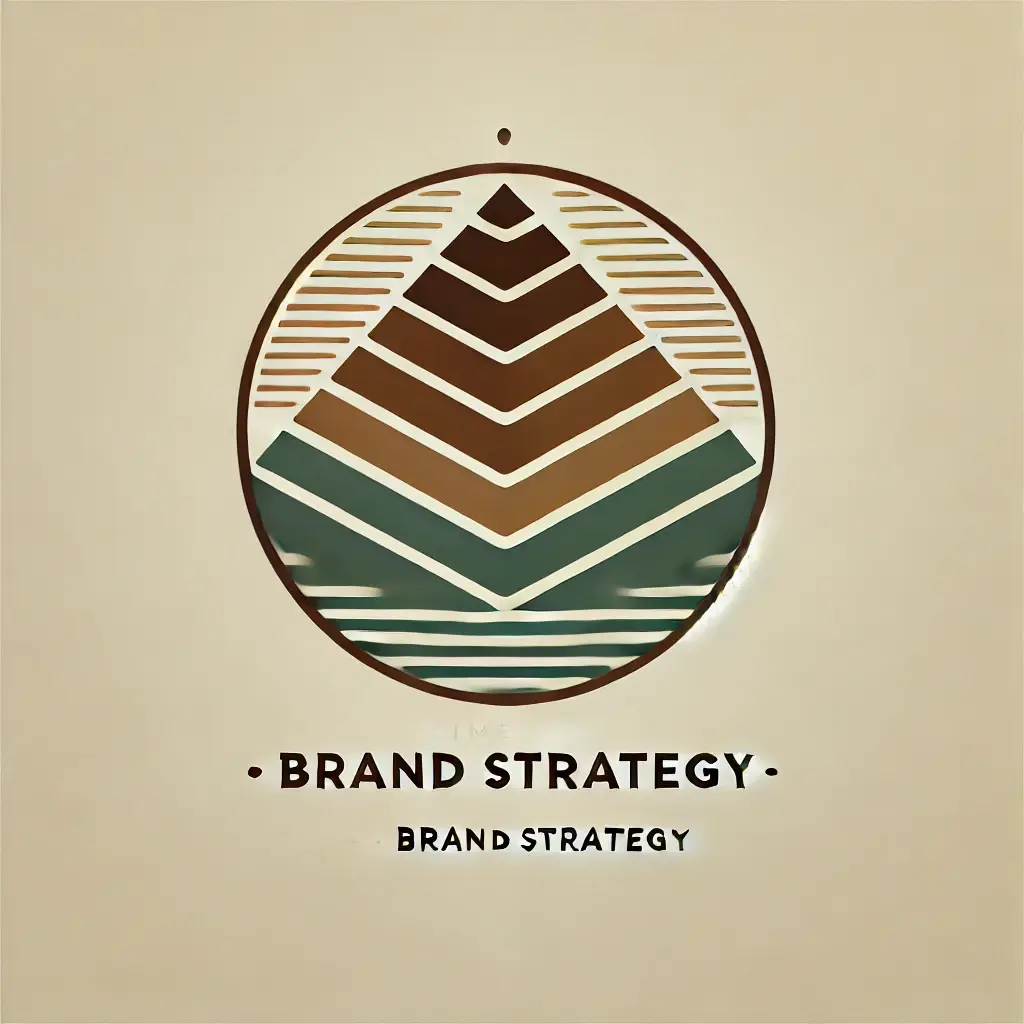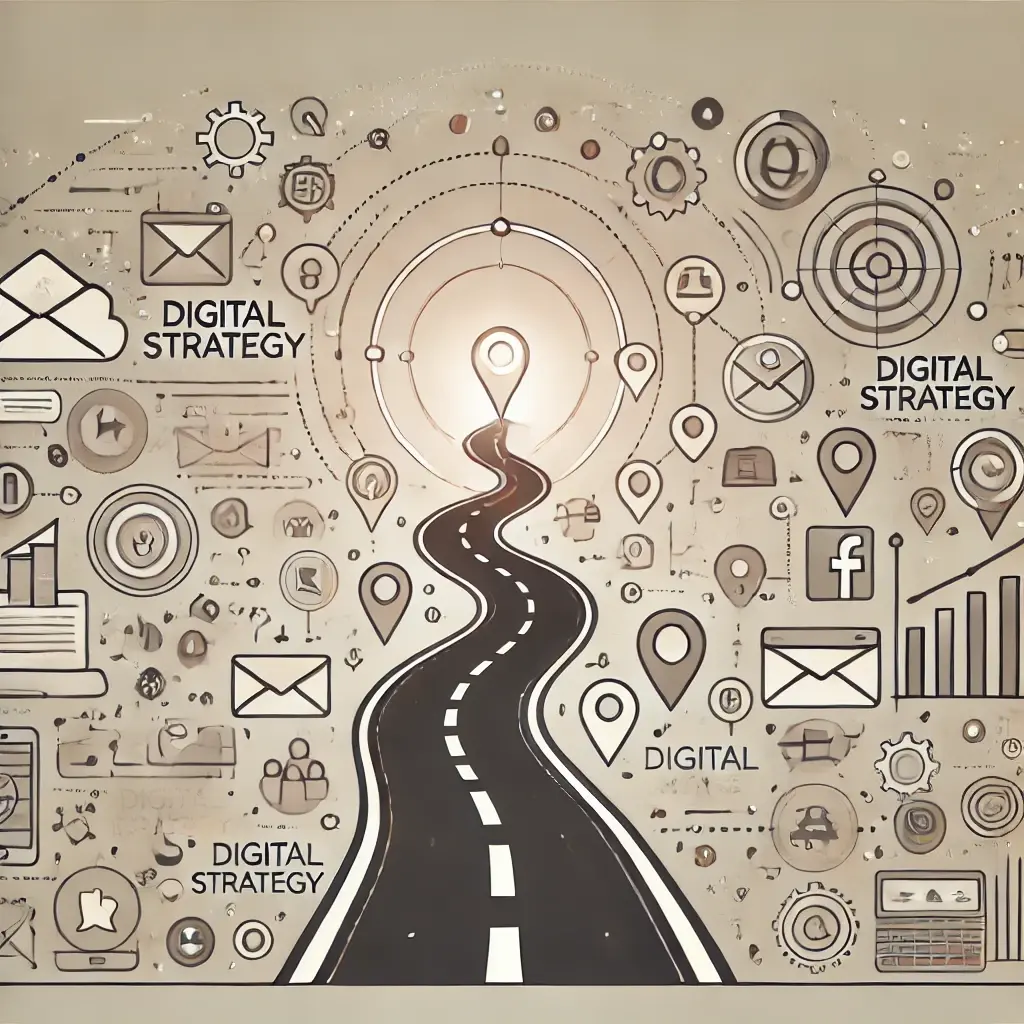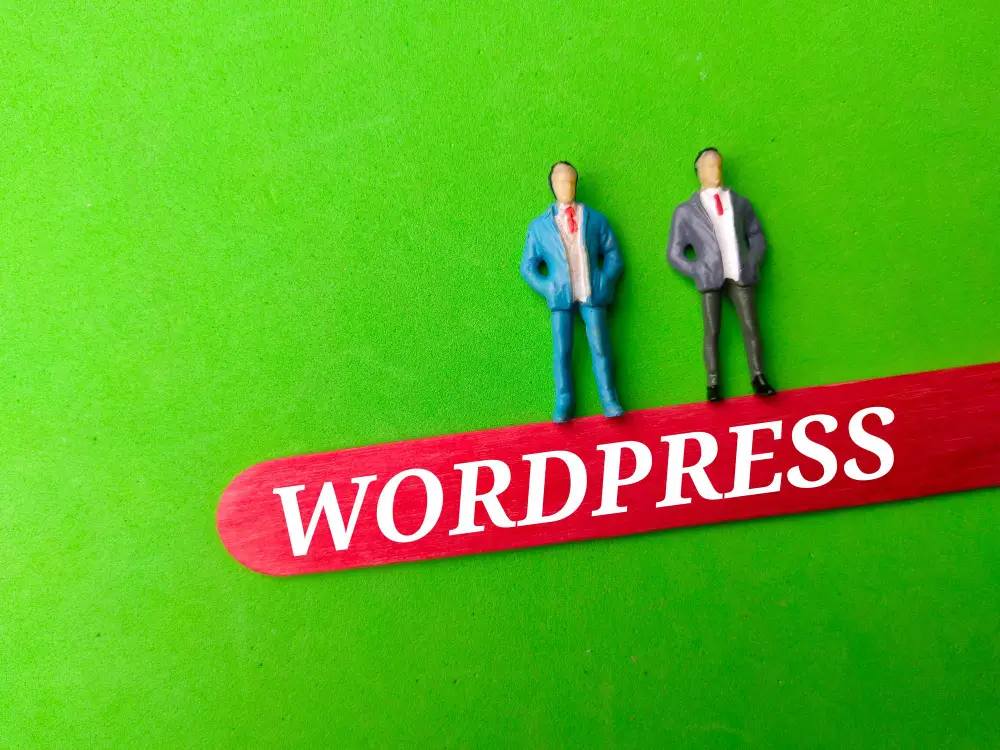It’s Time for a CRM
If you’re unfamiliar with Customer Relationship Management (CRM), it’s a software that can track and manage your customers. CRMs require business process in place and can be integrated with your site to collect customer information for analysis and follow up later. There are several CRMs out there, including Zoho, Salesforce, and HubSpot.
Check out the benefits of a CRM:
- CRMs allow you to assign parameters and notes for your customer, such as lead status, contact details, and lead source, among many others. Information like this provides insight into what’s happened after someone has interacted with your site and where they are along your sales pipeline.
- CRMs are a great tool for identifying the best approach for selling to your customers. As a sales decision-maker, you can create your own sales pipeline and/or explore ones that work best for your business. In doing so, you can quickly qualify your marketing and sales efforts, and shift your resources towards the most effective sales approach.
- CRMs are a powerful sales automation tool. Through them, you can set triggers to send different email templates and follow-up reminders, as well as add cold leads to a weekly newsletter. Aa s a result, CRMs free up your time from doing tedious sales tasks to doing higher value-added tasks.
There are many other benefits of using a CRM and gives more reasons why integrating your website with one makes it on our list for a run website. For help with CRM integrations, reach out to Uplancer for a free consultation.
Use Social Media Lead Generation
For your run website, your brand should be in front of its largest audience possible. Social media allows you to do so, by amplifying your voice and connecting you with existing and potential customers. It’s a powerful tool that we find is used incorrectly, from using it without tracking pixels to letting it run without any guardrails. In either cases, you’ll be wasting a ton of resources with minimal to no results at all.
Regardless, there are two tactical ways that social media can be used:
- The first is to share updates about your company, such as a new blog article, something in the news, or an update about your company. The objective here is to release something that catches the eyes of a potential customer, so that they engage or react to your post through someone liking, commenting on, or sharing your post. Any of these actions create a rippling effect that will spread your brand to potential customers.
- The second is to advertise. Social media ads tend to be pricier than advertising on search engines. Therefore, ensure that you’ve tapped out on your ROI on other paid media before venturing into social media advertisements. With social media, customers do not need to search to find you. Based on your targeting parameters, you ads will appear in their feed as they scroll through and interact with it. These ads are very targeted and can be fine-tuned for your ideal customer.
Regardless of how you plan on using social media, your website must accommodate it. Integrations must happen between your website and your social media channels. That means you must have working tracking pixels on your website to relay data to your social media advertisers. That also means you’ll likely need Google Analytics and Google Tag Manager firing on all pages to accommodate those tracking pixels.
Retarget Your Customers through Omni Channels
On average, it takes 7+ touch points with a customer before they actually take notice of your brand. Let that sink in for a minute. Note, your website is one of those touch points and needs help to get you to seven. Wouldn’t it be nice if your brand could be top of mind for your customer as they go through their daily lives without much effort? Introducing, retargeting where ads are served and reserved according to your customer’s search habit. As customers engage with your website, your advertisers will build a profile around them using their demographic, search habits, and other traits. These advertisers then use this profile to target new customers who match the built profile and serve your targeted ads accordingly. Google Display Network, LinkedIn, and TikTok are a few popular networks that are effective retargeting advertisers.
Implement Advanced Website Analytics
In the previous phases, you were leveraging Google Analytics as your go-to tool for capturing standard website data. In the run phase, you go beyond Google Analytics. Hotjar is an advanced analytics tool that provides a heat map that tracks your customer’s mouse movements. In other words, Hotjar identifies the exact parts of your website that resonates with customers, which could be a button, a sentence within a paragraph, or an image. It’s a great tool that will further support your marketing efforts.
The next tool that takes your analytics to the next level is Google Tag Manager. This tool allows you to have a granular level of control for tracking. You can tag every single part of your website that Google Analytics fails to capture. Examples include understanding which buttons are performing well, sending data to service providers for retargeting, and tracking resource downloads. You can even use it to custom conversion events that occur on your website that Google Analytics has trouble doing. With even more data, you’ll have deeper insights for future decision-making for your business and website. Google Tag Manager also allows you to implement additional analytics tools, such as Hot Jar from above, for your website. Common sense says to support any decision with data, so get started with advanced analytics today.
Crosslink Content Across Your Website
Crosslinking refers to directing your website to other parts of your website through hyperlinking internal pages. You want to do this because crosslinking exploits the fact that the longer your customers stay on your website content, the higher your chances are for converting them into a paying customer. When it comes to crosslinking, there are three types of customers that you’ll run into:
- A customer who has only one need in mind;
- A customer who has one need in mind, but doesn’t know yet that they have other needs; and/or
- A customer who is just looking for now, but may convert later.
In the above customer types, crosslinking is a great way to convert types two and three. There are many ways to do this. Sometimes, you may want to list out all crosslinks in a banner or a card on the page. Other times, you may want to sprinkle crosslinks in content from blogs and other web pages. What’s nice about crosslinking is it not only gives customers a reason to further engage with your brand, but also provides search engines an easier time to crawl and index your website, improving your SEO. Get your free crosslinking consultation today.
Release Even More Content on Your Website
Remember when you started your crawl website and we mentioned that you’ll need to maintain your SEO efforts to reap the benefits later? Hopefully, you did and by now, you should start experiencing this organic traffic. To maintain this traffic and even increase it, you will need to keep SEO top of mind, constantly revisiting your analytics data and determining how else can you further optimize your existing website and content. Review your target keywords and benchmark your efforts against your competitors. Ultimately, content is a never ending battle that needs to be done the right way. Don’t sit on it and let your competitors steal your share of customers. Connect with an SEO expert today to strategize your run phase content.
Embed Rich Video Content
Videos tend to perform better than static content by nearly 2x, which is why you should consider videos for your run website. Creating video assets is expensive, but it’s well worth the investment. You can use it on your website, through social media, and as part of your email marketing efforts. Less is more and videos that are quick and to the point can convert your potential customer into a buyer. As part of your marketing strategy for the run website, invest in a good content strategy and support it with a videographer that can add depth to your content.
The Bottom Line / TLDR
Now that you’ve built your crawl and walk website, it’s time to elevate your website to the run phase. The run phase is all about integrating tools like CRM systems (e.g., Zoho, HubSpot) to automate sales and track customer interactions, leveraging cross-linking to boost engagement and SEO, and amplifying your brand through social media and retargeting. With a run website, you should engage with your customers by constantly releasing fresh content, using advanced analytics (like Hotjar and Google Tag Manager) to gather deeper insights, and embedding video content that maximizes engagement. By doing all the above, you’ll create a run website that drives conversions and business growth.
Connect with Uplancer today to learn more about our approach to building your crawl, walk, and run website.




